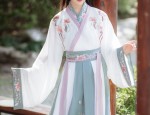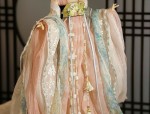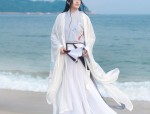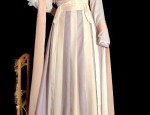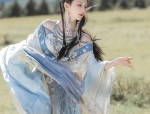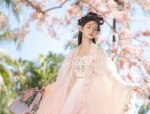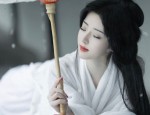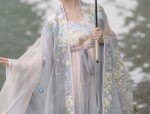Refining the Traditional Cheongsam:A Journey in Enhancing the Fit of the Upper Body
In the realm of traditional Chinese attire, the cheongsam remains a symbol of elegance and cultural pride. As a garment that beautifully showcases the female figure, it is constantly evolving to adapt to modern fashion trends and wearer preferences. One aspect that has gained significant attention in recent years is the refinement of the upper body fit in cheongsam designs. This article delves into the latest innovations in cheongsam design aimed at enhancing the fit and comfort of the upper torso.
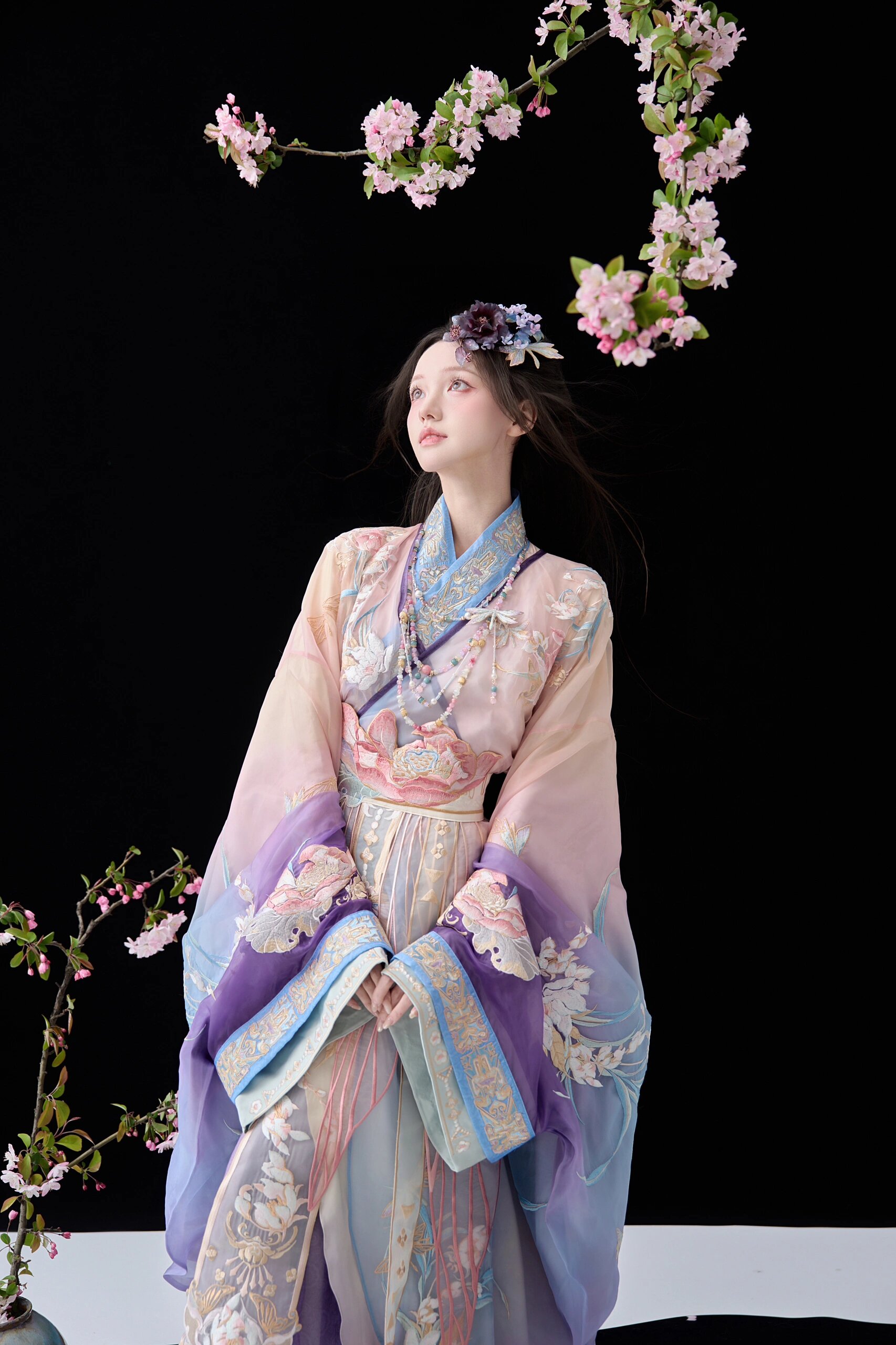
The cheongsam, originating from the Manchu era, has undergone numerous transformations throughout history. It has always been tailored to accentuate the female figure, with a focus on fluid lines and graceful silhouettes. However, traditional cheongsam designs often lacked modern comfort and fit, making it challenging for contemporary women to wear them without alterations. Recognizing this gap, designers have started exploring ways to improve the upper body fit of cheongsam designs, ensuring a perfect blend of traditional elegance and modern comfort.
One of the key areas of focus in refining the cheongsam's upper body fit is the collar and shoulder area. Traditional cheongsam collars often featured stiff and structured designs that could be uncomfortable for some wearers. Modern designers have experimented with soft, flexible collars that hug the neckline gracefully, providing a more comfortable wear. Additionally, attention to shoulder details has also been heightened, with designers using innovative techniques to create seamless and comfortable shoulder seams that offer greater freedom of movement.
Another aspect that has undergone significant improvement is the chest area. Traditional cheongsam designs often featured a fixed and structured chest area that could be restrictive for some wearers. Modern designers have introduced flexible panels and breathable materials in this region, ensuring a comfortable fit without compromising on the traditional elegance of the cheongsam. This innovation not only enhances comfort but also allows for a more flattering silhouette, showcasing the wearer's natural curves.
Moreover, designers have also focused on improving the waistline area. The waistline of a cheongsam is a crucial aspect that defines its fit and shape. Traditional cheongsam designs often featured a fixed waistline that did not accommodate different body shapes. Modern designers have introduced elastic waistbands or adjustable ties that provide a more customized fit, ensuring a perfect balance between traditional elegance and modern comfort.
In addition to these improvements, designers are also exploring new materials and techniques to enhance the upper body fit of cheongsam designs. The use of lightweight and breathable materials like organic cotton, silk blends, and eco-friendly synthetic fabrics provide a comfortable wear, especially in warm weather conditions. These materials are also easy to maintain and durable, making them ideal for modern wearers who demand both style and practicality.
Furthermore, advanced tailoring techniques like 3D printing and body scanning have also been employed to create cheongsam designs with an impeccable fit. These techniques allow designers to create customized patterns based on individual body measurements, ensuring a perfect fit without any need for alterations. This innovation not only enhances comfort but also allows for a more personalized touch, making each cheongsam unique and tailored to the wearer's specific preferences and body type.
In conclusion, the journey of refining the traditional cheongsam to enhance the fit of the upper body is an ongoing process that involves designers, craftsman, and wearers alike. With a focus on modern comfort and personalized fit, cheongsam designs are evolving to meet contemporary fashion trends and wearer preferences. These innovations not only preserve the traditional elegance of the cheongsam but also make it more wearable and accessible for modern women who appreciate its beauty and cultural significance.

 Previous Post
Previous Post

